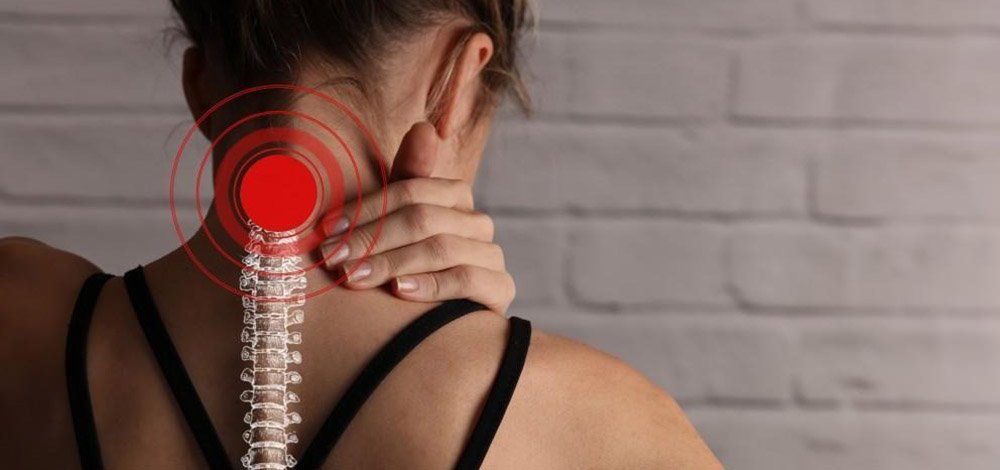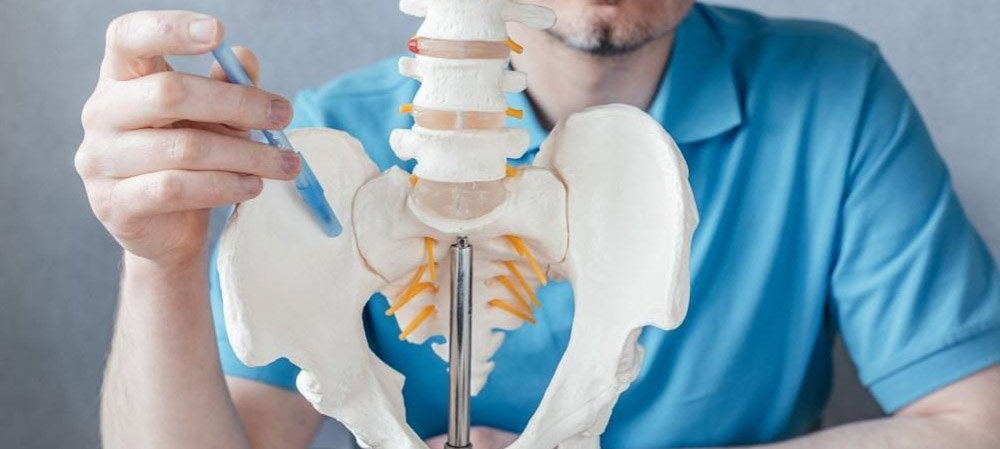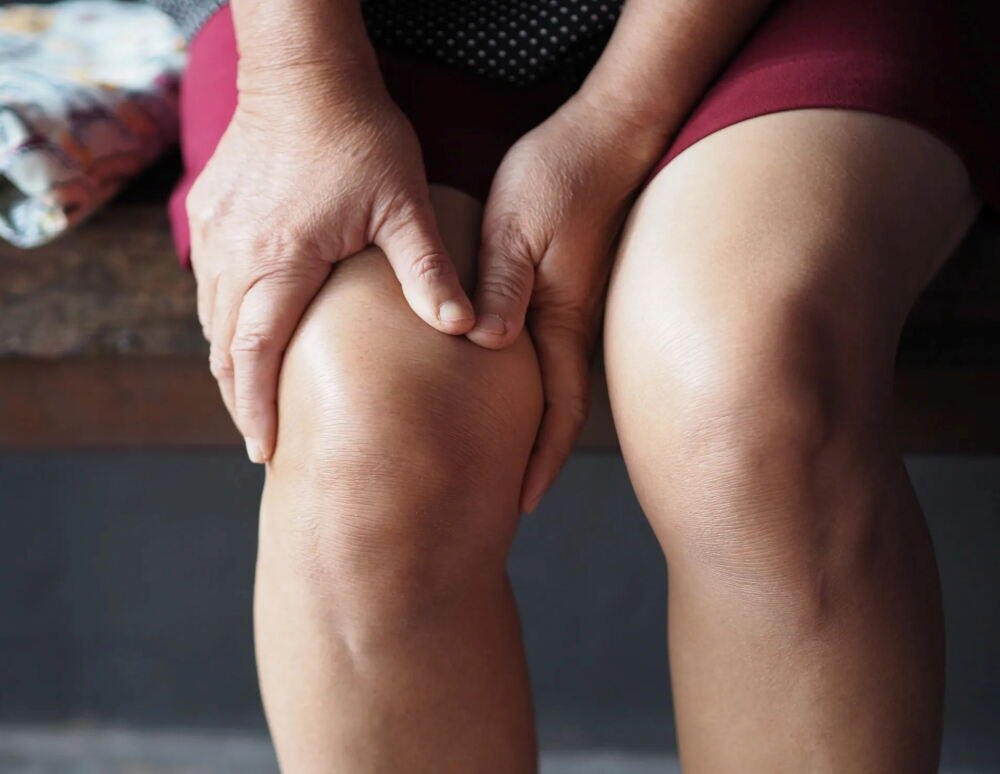Pain is inevitable and affects people differently and at different intensities. Pain may negatively affect one’s well-being, whether it’s a post-workout soreness or a chronic ailment. Some recover with time and easy therapy, while others develop a chronic condition that impacts their physical and emotional health. An integrated strategy is needed to manage chronic pain, which may be lonely and demanding.
Pain management is an emerging medical profession that treats pain holistically. Modern pain management strategies address the fundamental causes of pain and give a long-term cure, unlike conventional therapies that mask pain with medicines. These methods alleviate pain, increase quality of life, restore mobility, and help people recover control.
The Evolution of Pain Management
Traditional methods of pain management typically revolved around painkillers or other pharmaceutical interventions, which, while effective in the short term, often come with side effects and limited long-term relief. As a result, a shift has occurred toward more holistic and multifaceted treatments that take a more personalized approach to pain relief. Pain management today involves integrating various methods, such as physical therapy, minimally invasive procedures, and psychological therapies, to offer a more comprehensive, tailored treatment plan.
This integrated approach is particularly effective because it not only targets the physical causes of pain but also addresses the emotional and psychological toll that chronic pain can impose. By combining several techniques, pain management specialists work to help patients manage not just the pain itself but also its impact on their daily lives and overall well-being.

The Impact of Chronic Pain
Chronic pain is pain that lasts longer than three months and does not respond to normal therapies. It can harm physical and mental health. Chronic pain can make it difficult for many people to work, socialize, or simply take care of themselves.
Common chronic pain causes include arthritis, back pain, fibromyalgia, and nerve damage. Chronic pain can diminish mobility, independence, and quality of life. Chronic pain can cause loneliness, despair, and anxiety in addition to physical symptoms.

Modern Pain Management Techniques
The advancements in pain management have led to innovative techniques that not only provide relief but also help patients reclaim their lives. Minimally invasive procedures, such as epidural steroid injections and nerve blocks, deliver medication directly to the site of pain, providing quick relief without the need for more invasive surgery. These procedures are especially effective for conditions such as back pain, sciatica, and joint pain.
Another technique that has gained popularity is spinal cord stimulation. This treatment uses electrical impulses to alter the way pain signals are communicated from the nerves to the brain, offering significant relief for conditions like neuropathy and chronic back pain. Additionally, regenerative medicine, including platelet-rich plasma (PRP) therapy, harnesses the body’s own healing properties to repair damaged tissues and promote long-term recovery for musculoskeletal injuries.
Physical therapy remains a cornerstone of pain management, particularly for individuals with musculoskeletal pain. Through targeted exercises and stretches, physical therapy strengthens muscles, improves posture, and enhances overall mobility. This is often coupled with ergonomic adjustments to daily activities, such as work tasks or posture, to prevent the pain from worsening and to support long-term recovery.
Another critical aspect of modern pain management is behavioral therapy, which addresses the psychological impact of chronic pain. Pain can take an emotional toll on patients, leading to stress, anxiety, and even depression. Behavioral therapies, including cognitive behavioral therapy (CBT), help patients change their thoughts and behaviors surrounding pain, allowing them to manage the emotional aspects of living with a chronic condition.

The Role of Patient Education
Education is often disregarded yet essential to current pain management. Knowing the causes of pain and the treatment alternatives can empower people to participate in their care. Patients are more likely to follow their treatment programs and achieve greater results when they are informed about their disease and treatment outcomes.
Education empowers patients to manage their disease. Chronic pain can leave people feeling powerless, but pain management technologies can give them control over their lives. The results can boost physical and mental health.

The Future of Pain Management
The future of pain management is exciting, as more advanced techniques are being developed to treat a wide range of pain conditions. New research is exploring genetic factors that may influence how individuals experience pain, which could lead to more personalized and targeted treatments in the future. Additionally, technology continues to play a role in pain management, with innovations like wearable devices for pain relief and advanced neurostimulation techniques showing great promise.
As we look toward the future, the emphasis on a holistic, patient-centered approach will continue to grow. Modern pain management is not just about alleviating discomfort but about empowering individuals to live full, active lives despite their pain. With a combination of medical, physical, and psychological therapies, individuals suffering from chronic pain can find relief, regain mobility, and ultimately improve their quality of life.

Frequently Asked Questions
What is pain management?
Pain management is a multi-faceted approach to relieve pain by addressing its physical, emotional, and psychological aspects.
Who can benefit from pain management?
Anyone suffering from acute, chronic, or post-surgical pain, as well as conditions like arthritis or neuropathy, can benefit.
Is medication the only solution for pain relief?
No, modern pain management includes physical therapy, behavioral therapies, and minimally invasive procedures in addition to medication.
How long does pain management treatment take?
Treatment duration varies depending on the condition and the techniques used. It can range from a few weeks to long-term care.
Does pain management completely eliminate pain?
While it may not completely eliminate pain, it aims to significantly reduce it and improve quality of life.










